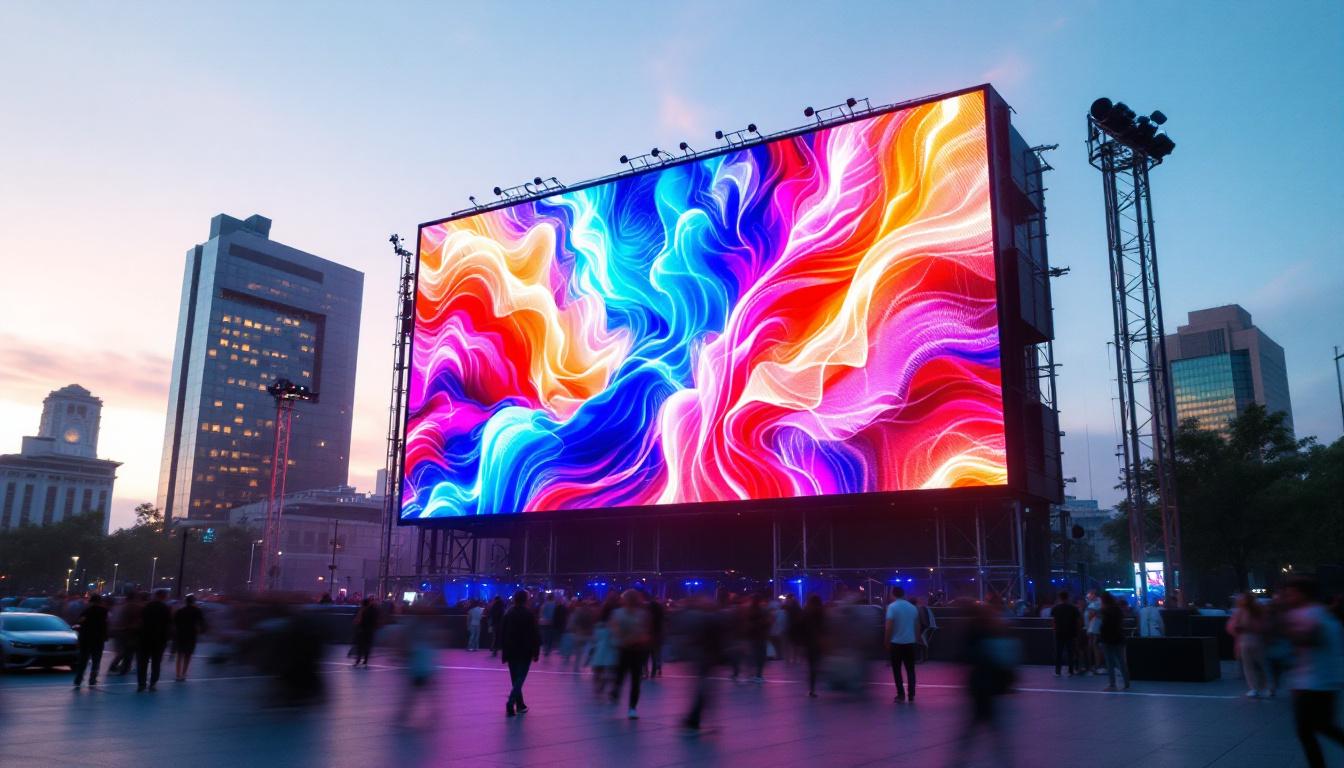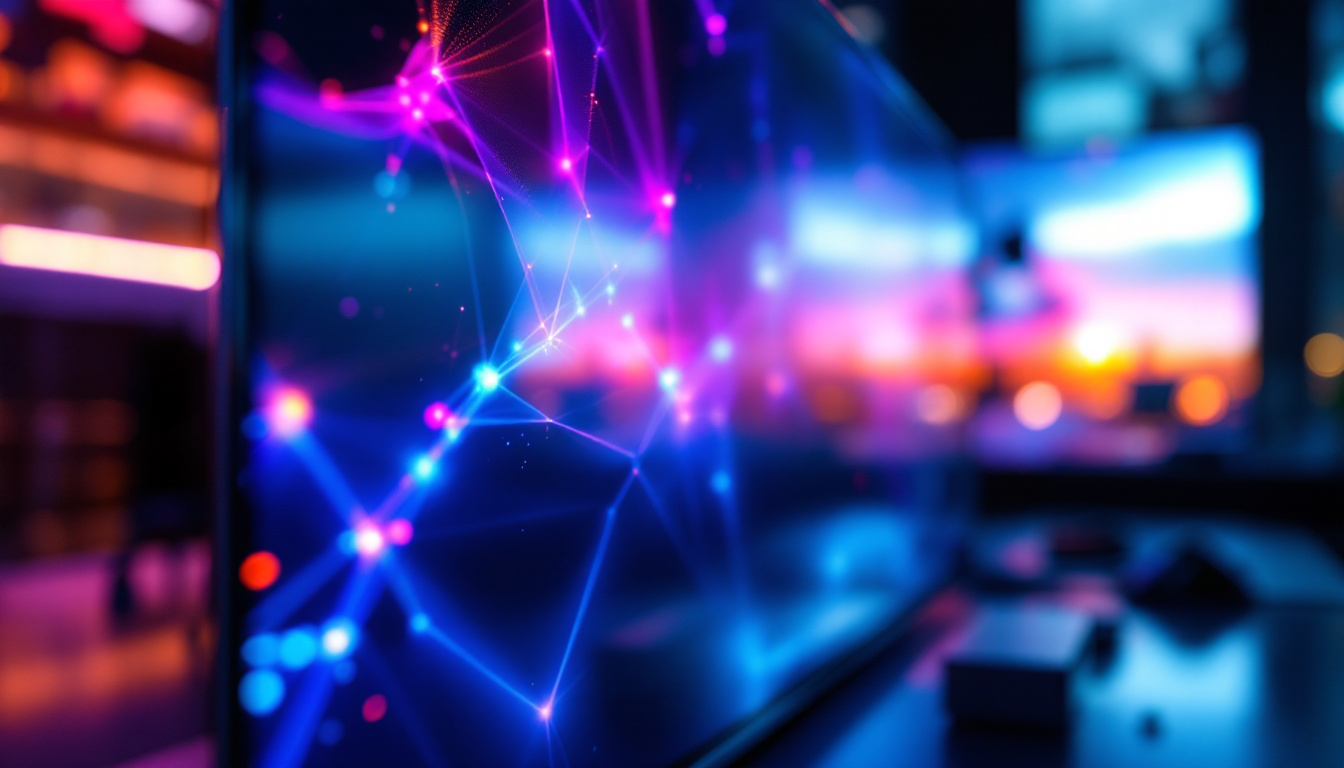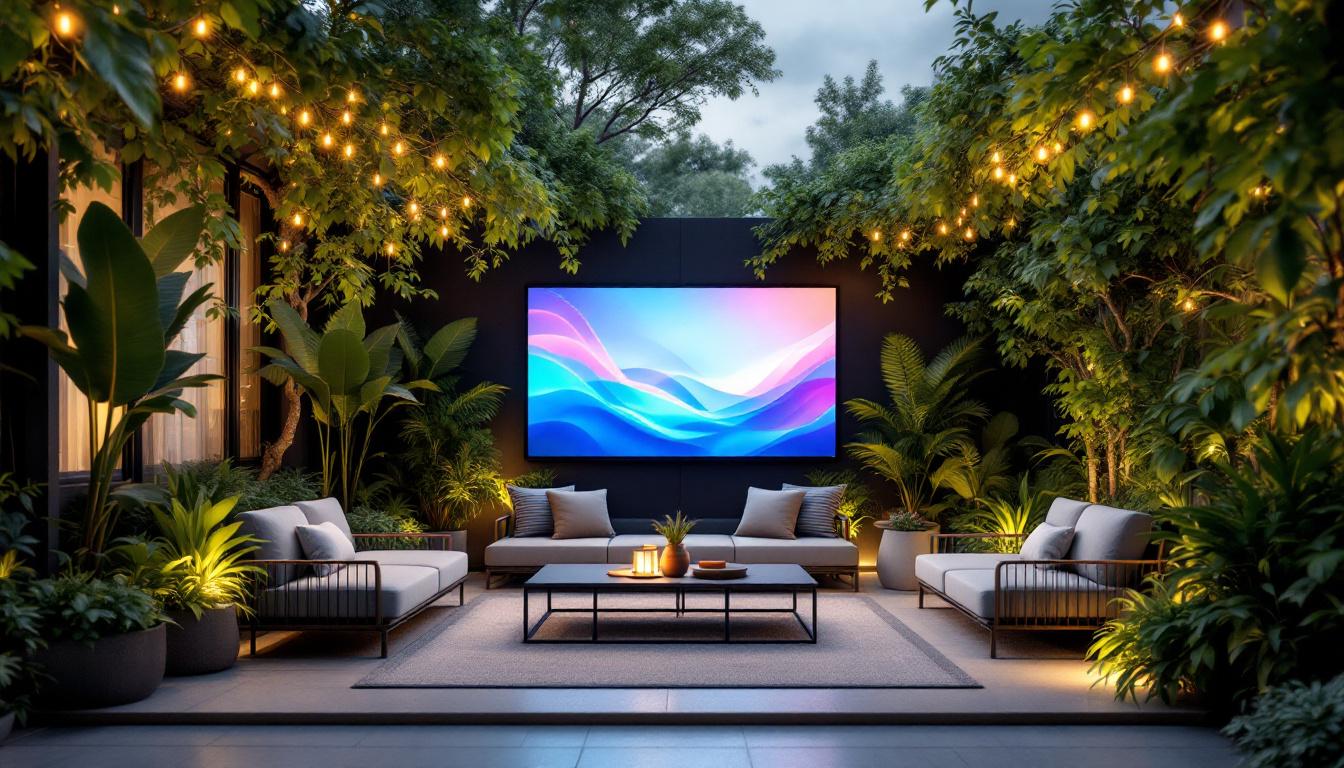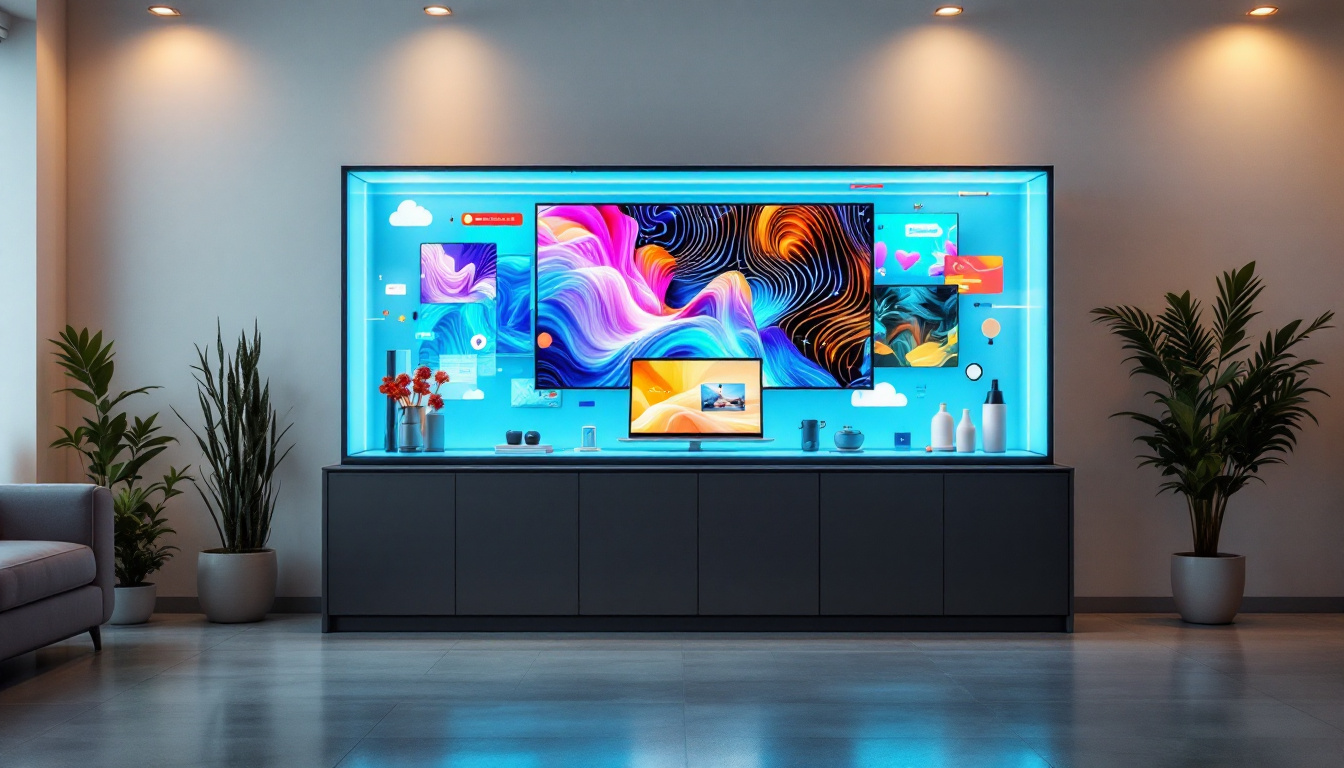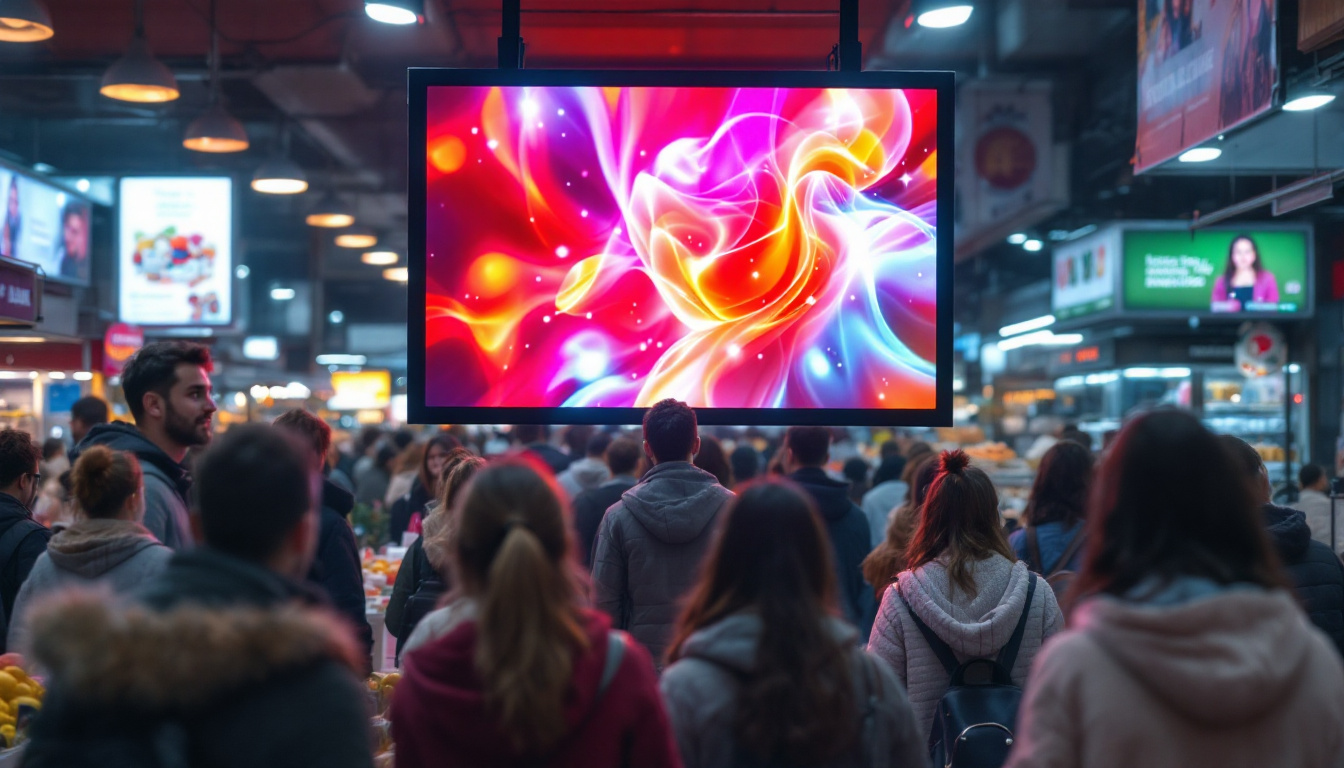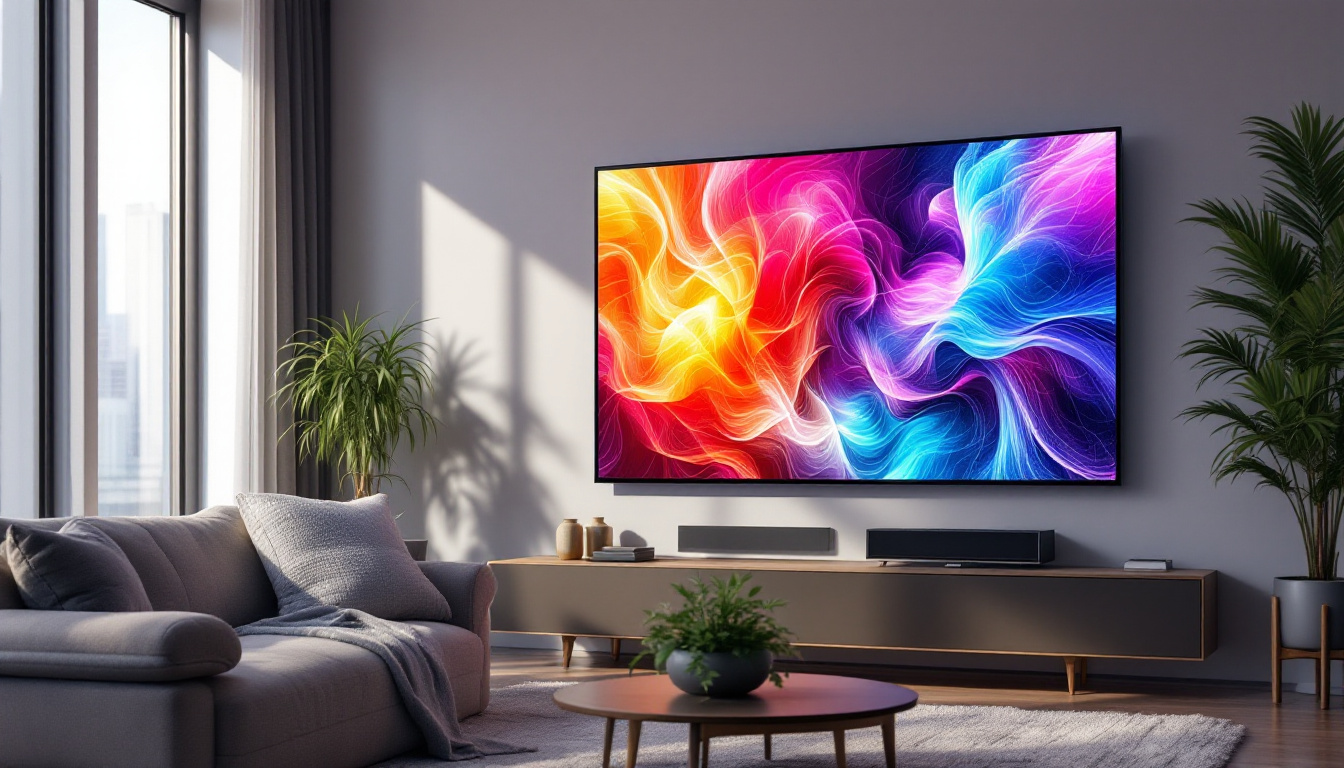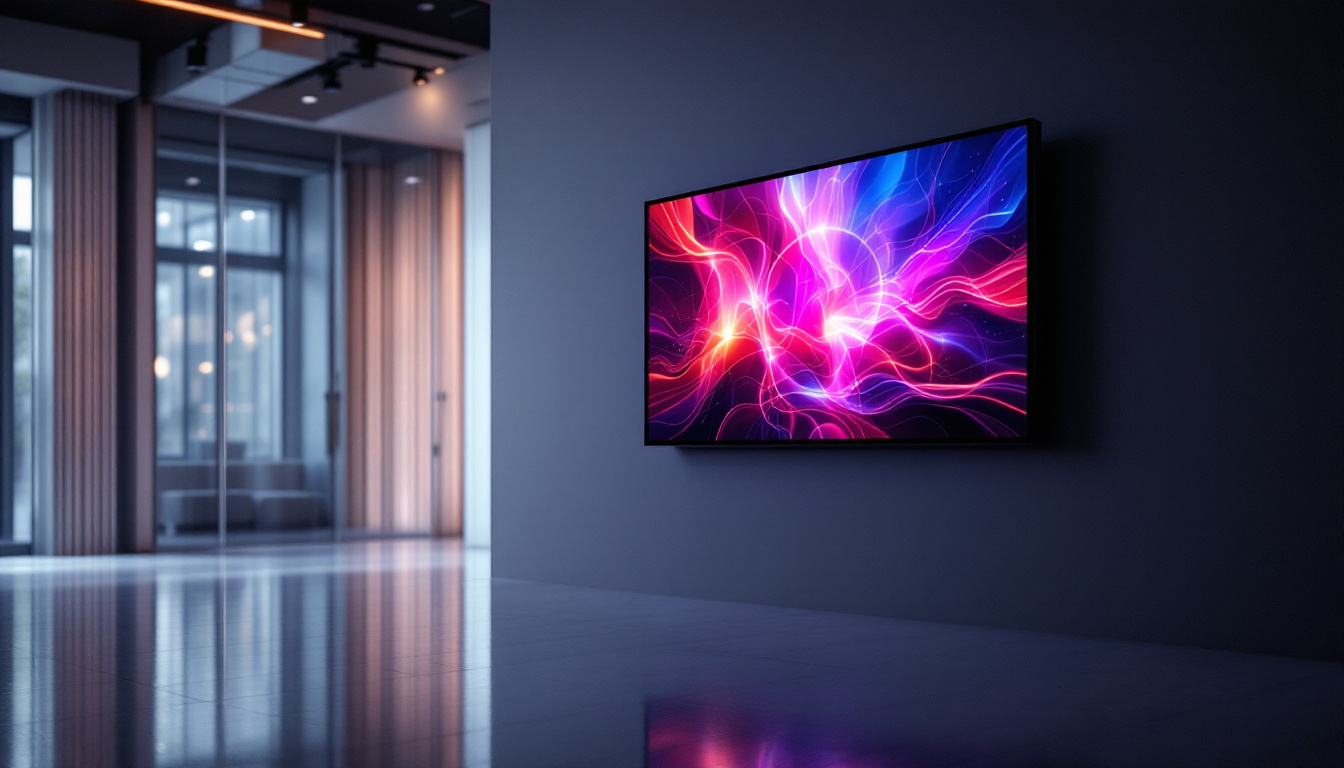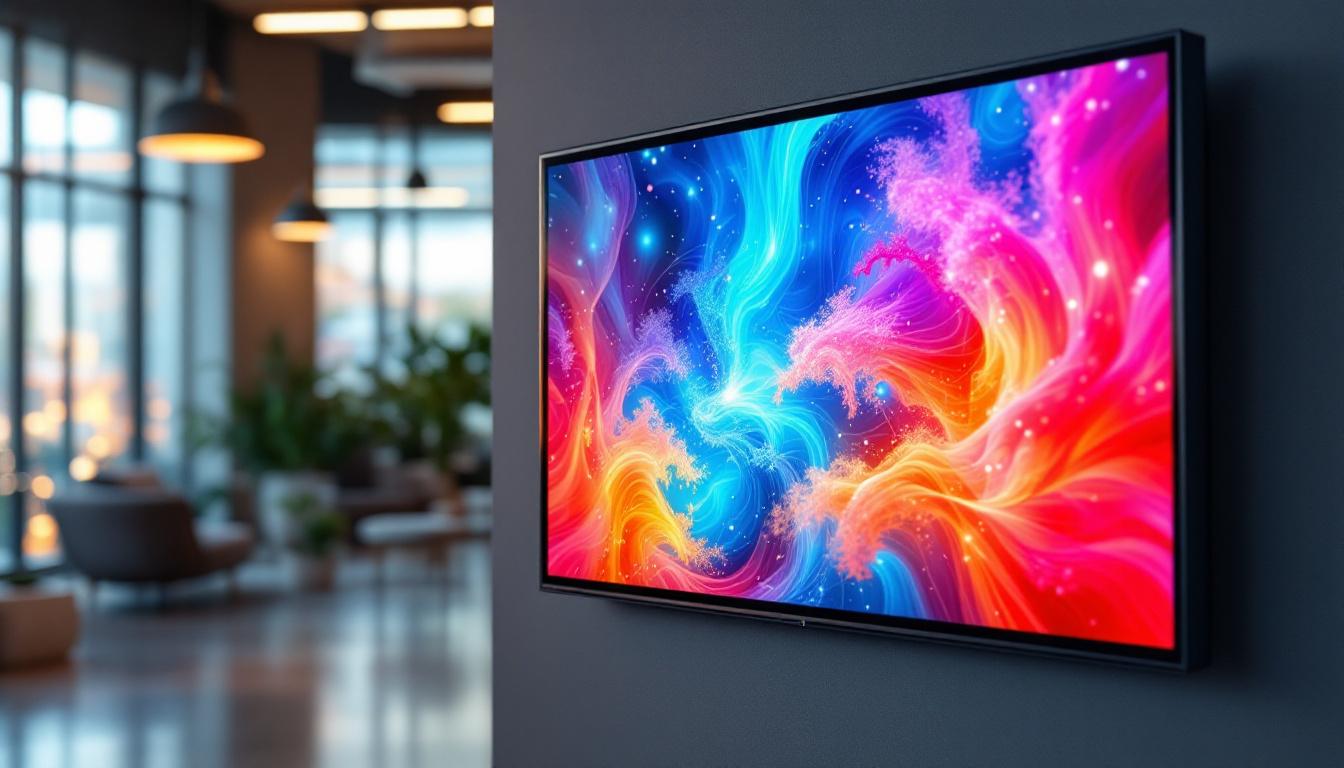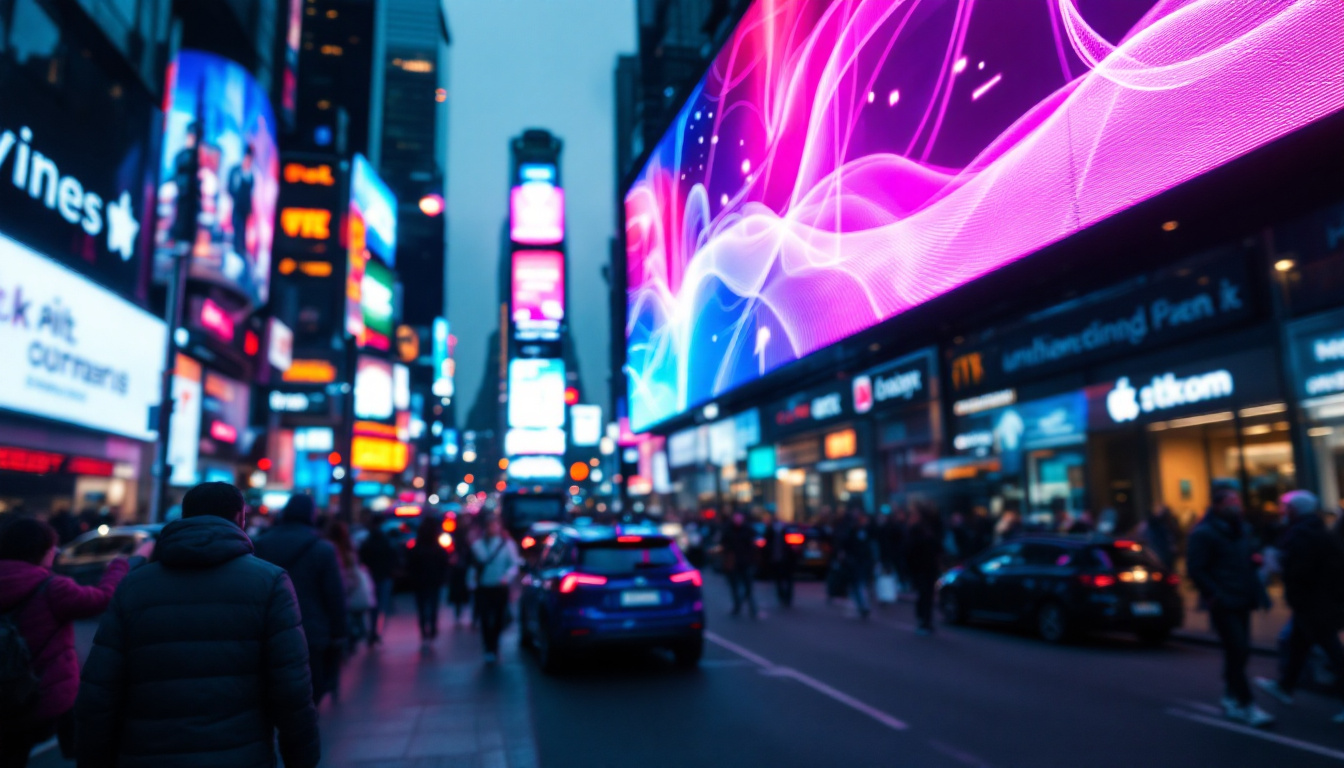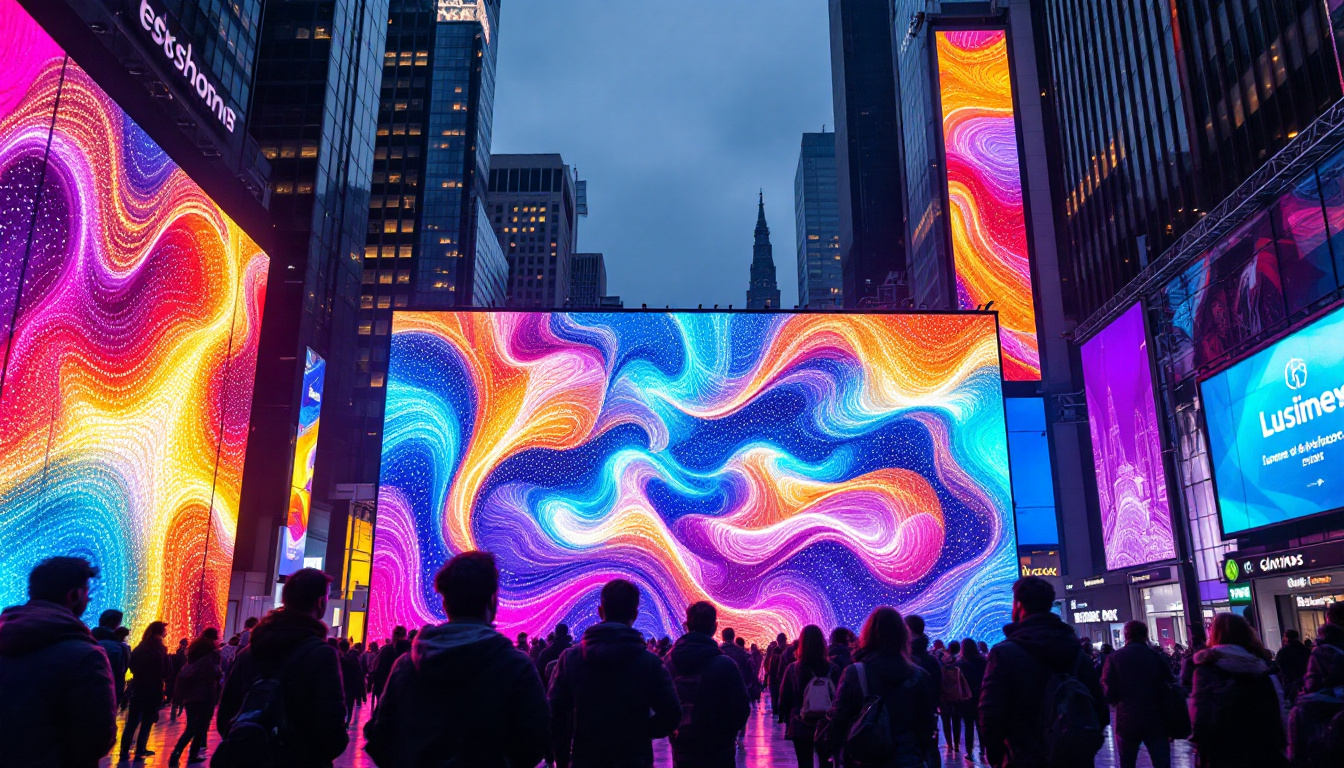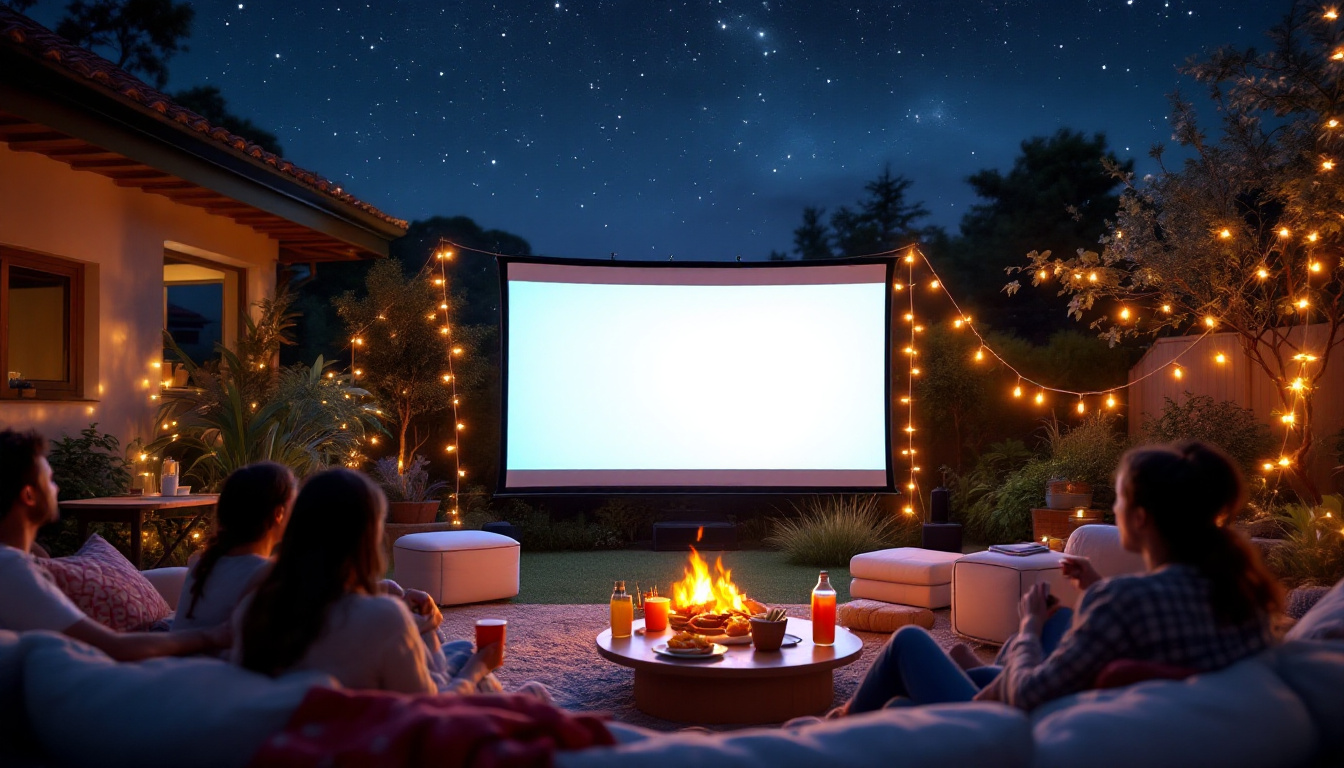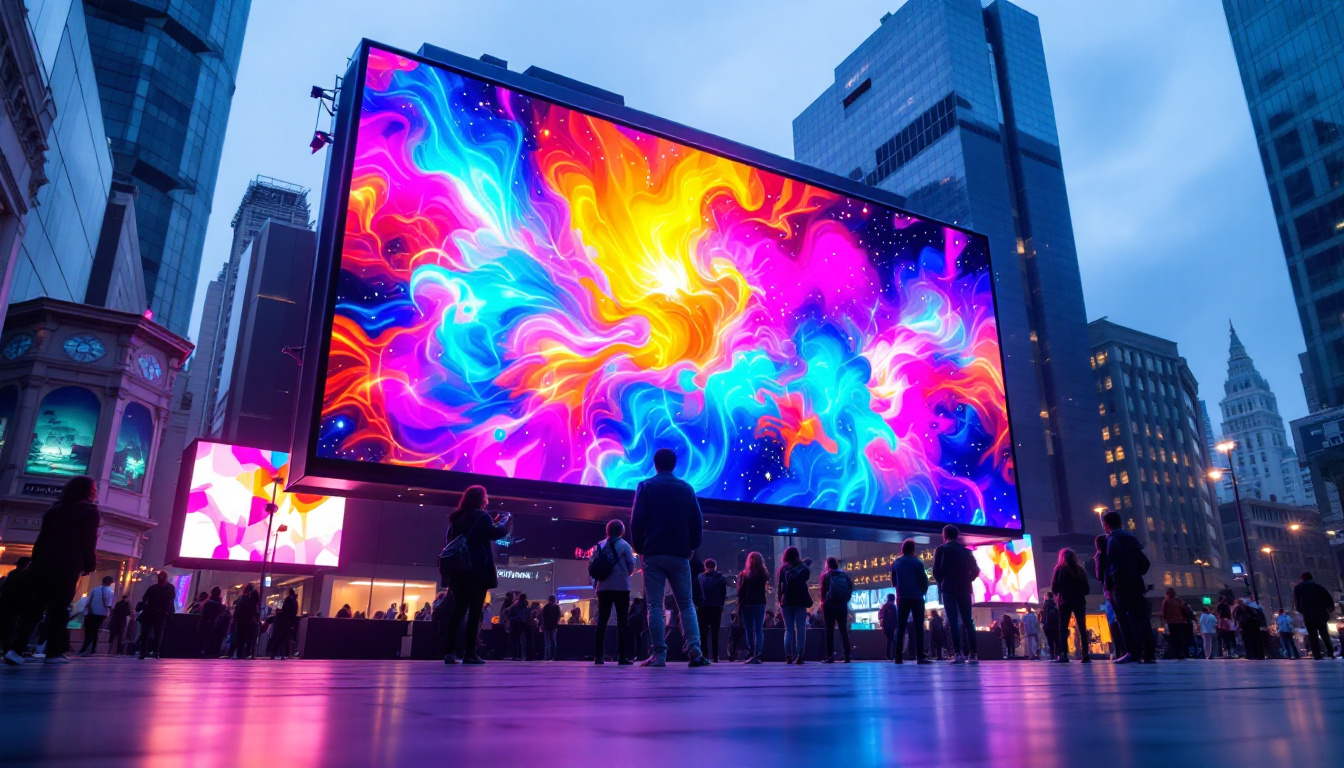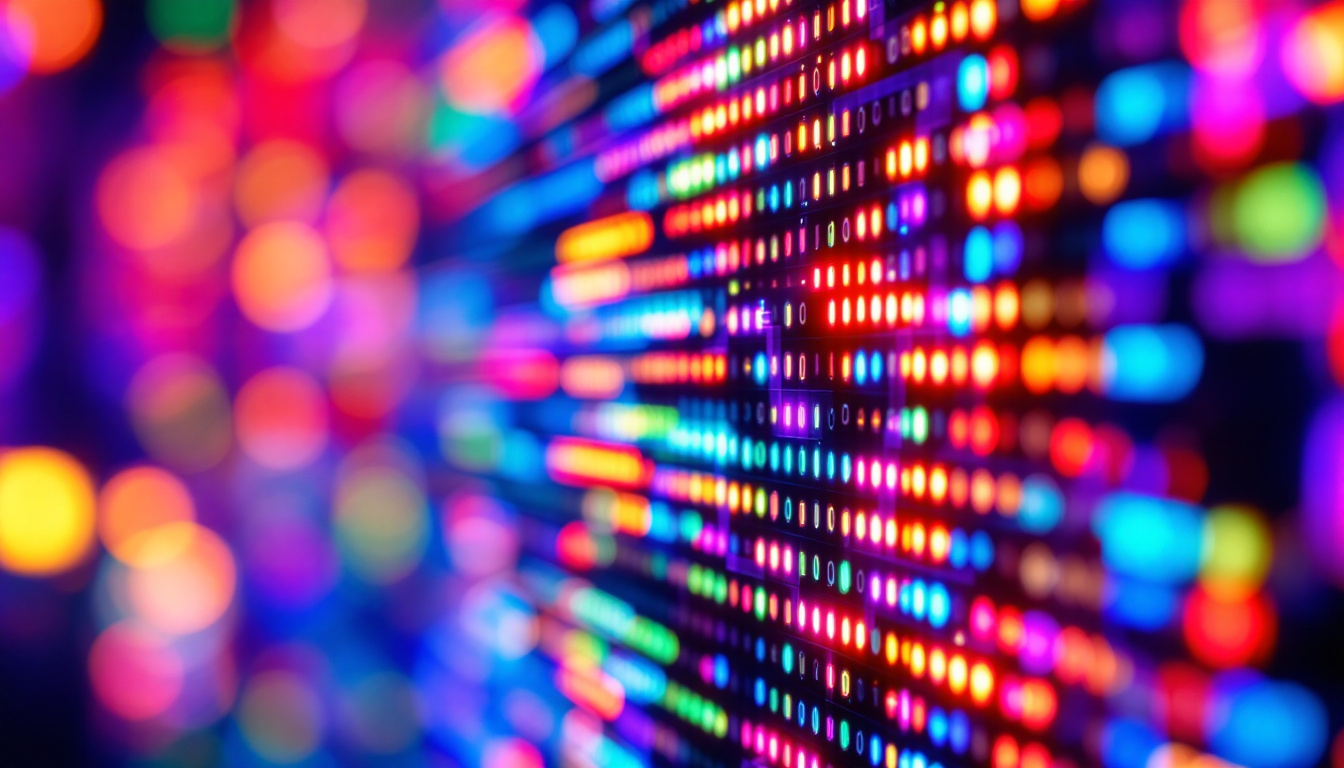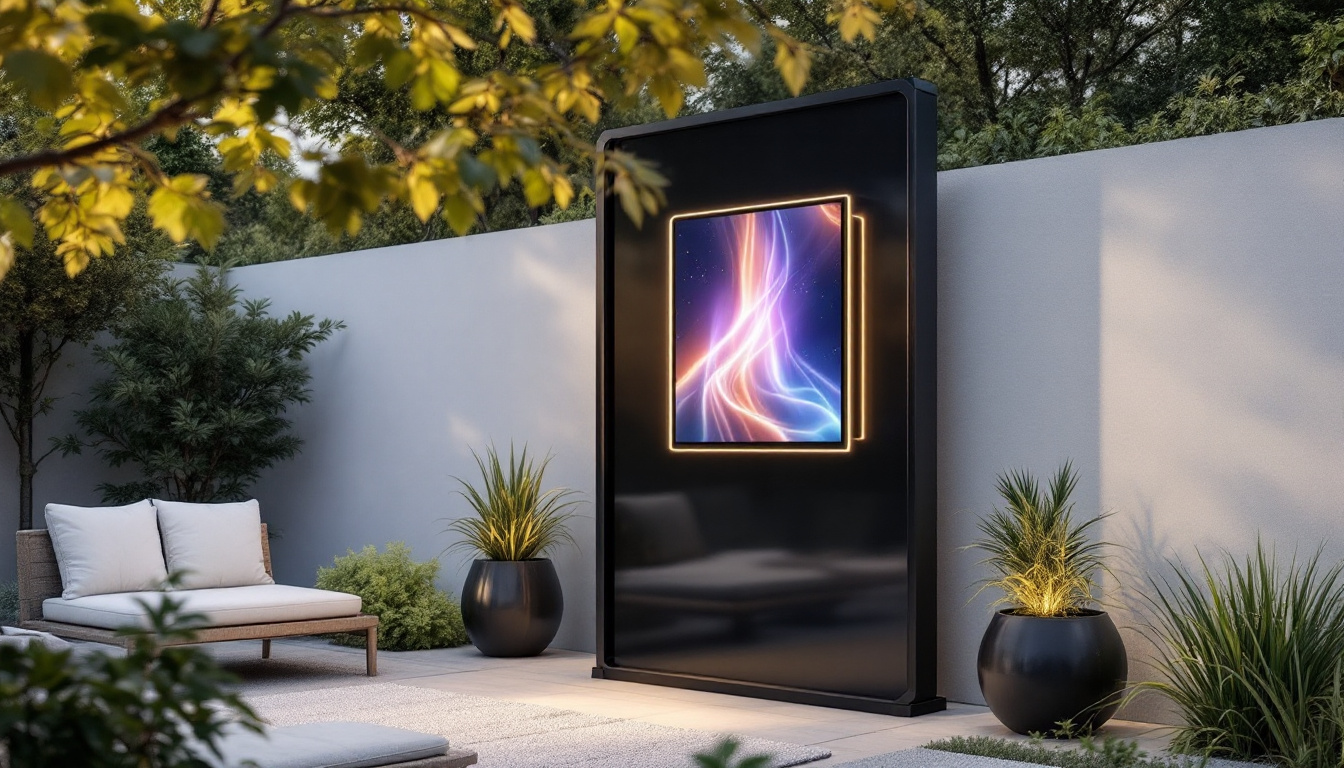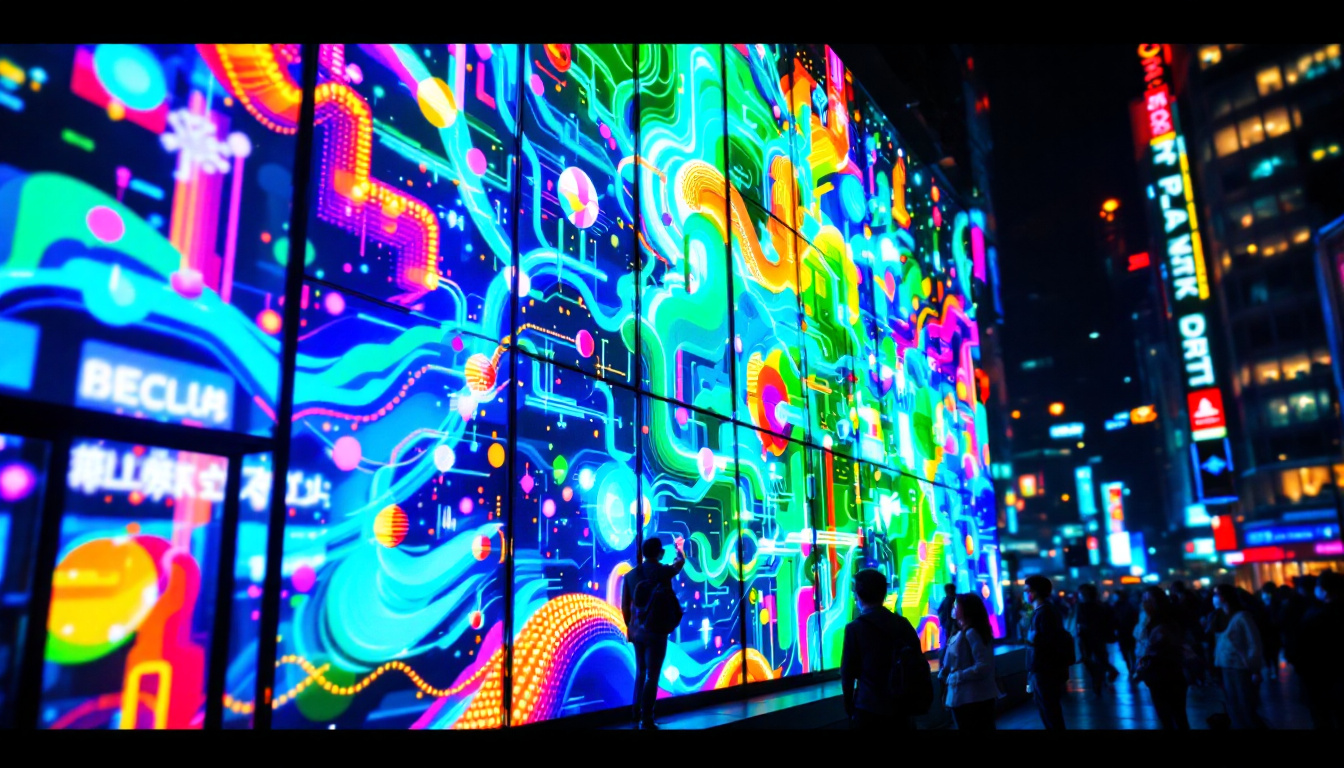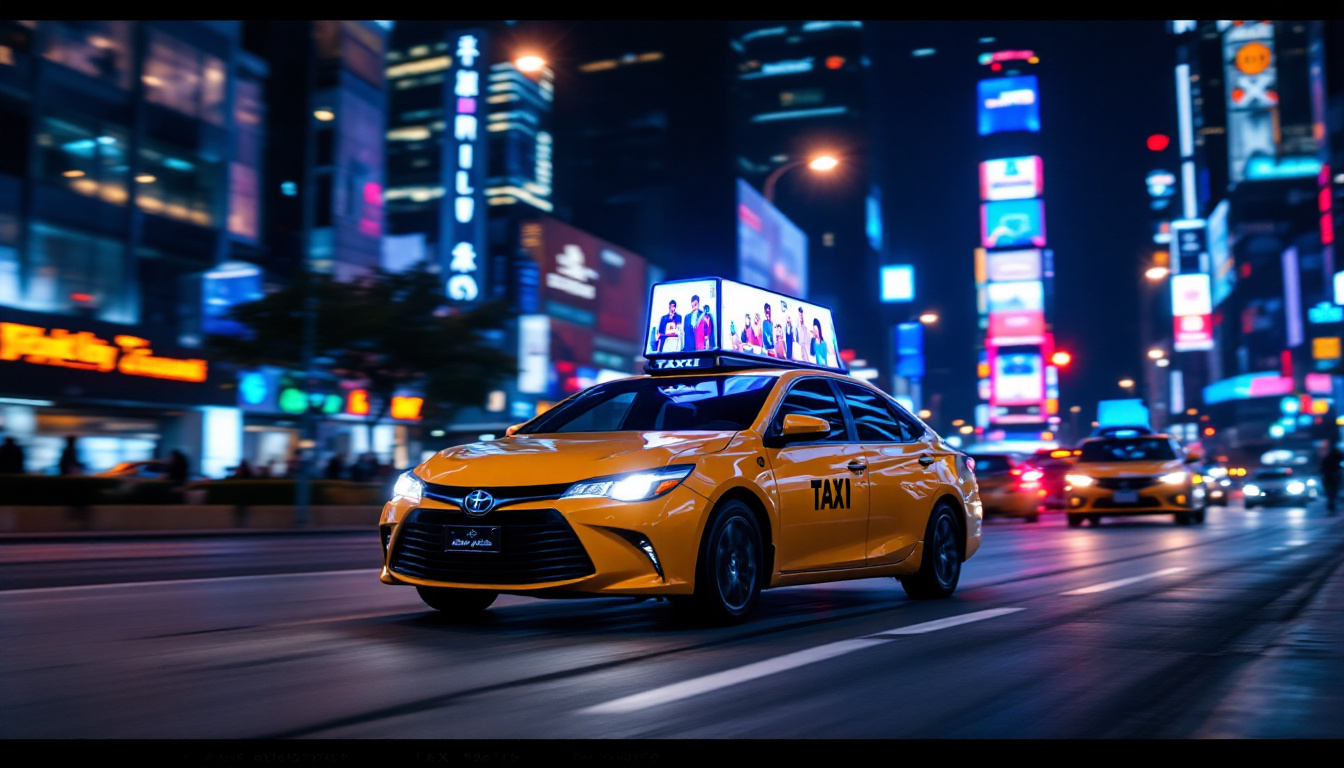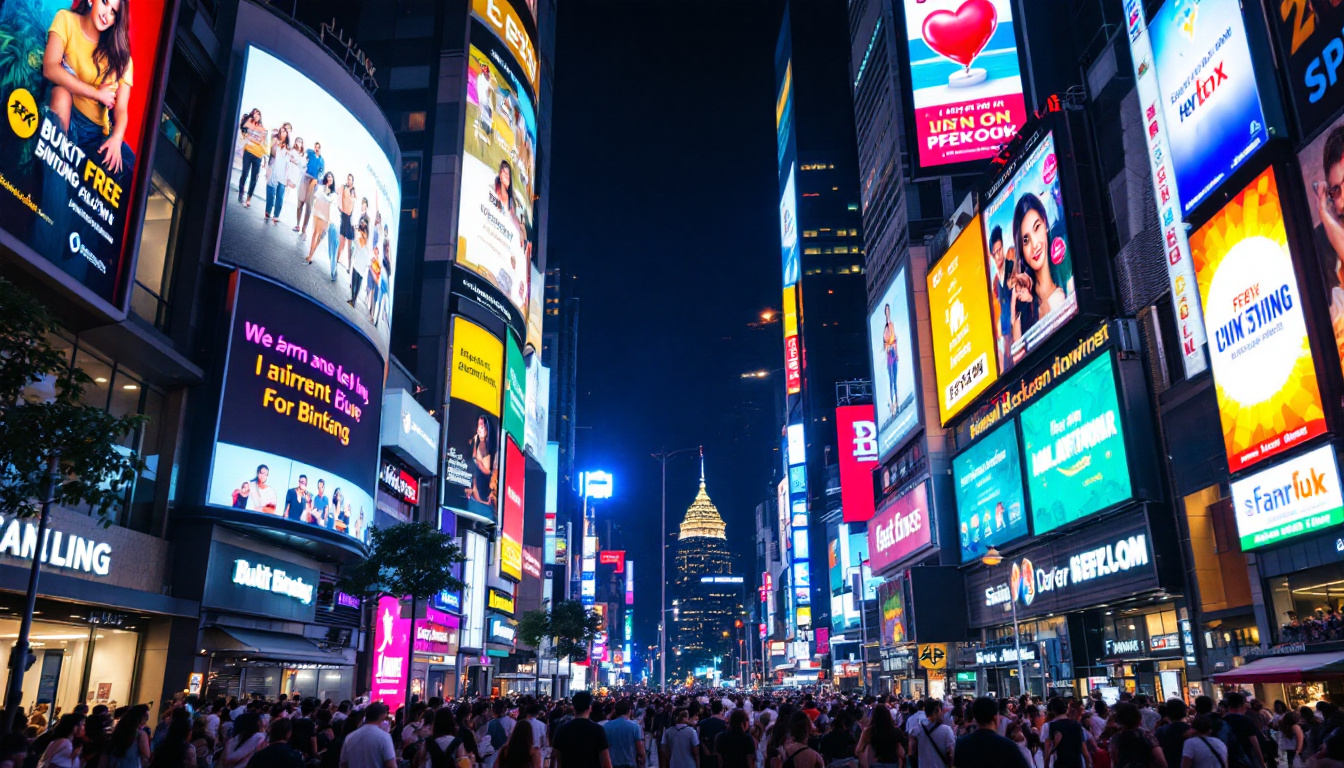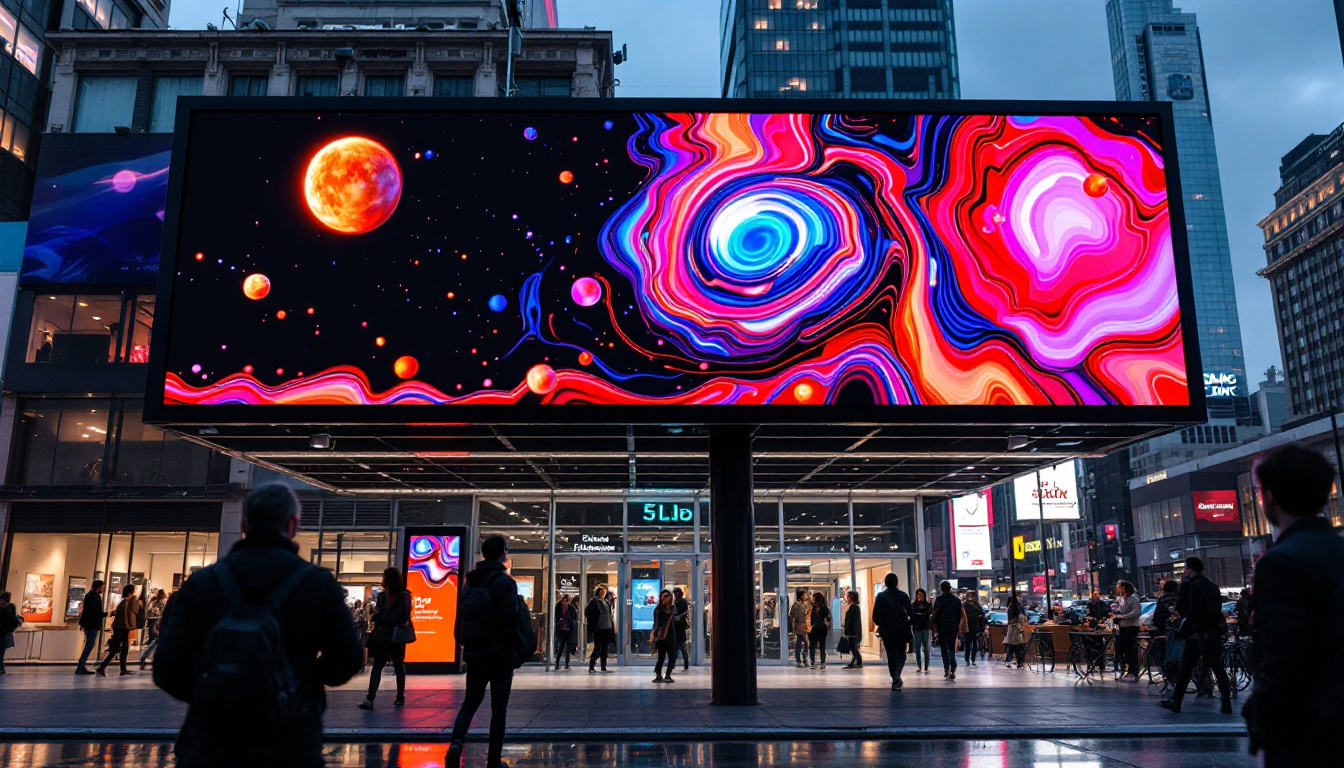In an era where visual communication is paramount, LED posters have emerged as a powerful medium for advertising and information dissemination. These vibrant displays not only capture attention but also convey messages in a dynamic and engaging manner. This article delves into the intricacies of LED posters, exploring their technology, applications, and advantages.
Understanding LED Technology
LED, or Light Emitting Diode, technology has revolutionized the way visual content is presented. Unlike traditional displays, LED posters utilize a matrix of tiny light-emitting diodes to create images and text. This technology offers several advantages, including energy efficiency, longevity, and superior brightness.
How LED Displays Work
At the core of an LED display is the LED itself, which emits light when an electric current passes through it. Each LED can produce different colors by combining red, green, and blue light. By adjusting the intensity of these colors, a wide spectrum of hues can be achieved, allowing for rich and vibrant displays.
LED posters typically consist of multiple panels that can be assembled to create larger displays. These panels are interconnected, allowing for seamless visuals across the entire surface. The control system processes the input signals, ensuring that the images and videos are displayed accurately and in real-time. Additionally, modern LED displays often incorporate advanced technologies such as pixel mapping and dynamic brightness adjustment, which enhance the viewing experience by optimizing the display based on ambient light conditions and content type.
Types of LED Displays
LED displays can be categorized into several types based on their application and design. The most common types include:
- Indoor LED Displays: These are designed for use in enclosed spaces, such as shopping malls, airports, and conference centers. They usually have a higher pixel density, resulting in sharper images viewed from closer distances.
- Outdoor LED Displays: Built to withstand various weather conditions, outdoor LED displays are larger and brighter. They are often used for billboards, sports arenas, and public events, where visibility from a distance is crucial.
- Transparent LED Displays: These innovative displays allow light to pass through, making them ideal for storefronts and exhibitions. They provide an eye-catching way to showcase products while maintaining visibility into the space behind the display.
Beyond these common types, there are also specialized LED displays tailored for specific industries. For instance, rental LED displays are designed for temporary installations at events, allowing for quick setup and teardown. These displays are often lightweight and modular, making them highly versatile. Furthermore, creative LED solutions, such as curved or flexible displays, are gaining popularity in artistic and architectural applications, enabling designers to push the boundaries of visual storytelling in immersive environments.
As the technology continues to evolve, LED displays are becoming increasingly integrated with smart features. Many modern LED systems can connect to the internet, allowing for remote content management and real-time updates. This capability is particularly beneficial for businesses that need to change advertising messages frequently or respond to current events. The future of LED technology promises even more innovations, including advancements in energy efficiency and sustainability, making it an exciting field to watch in the coming years.
Applications of LED Posters
The versatility of LED posters makes them suitable for a wide range of applications across various industries. From advertising to entertainment, their impact is undeniable.
Advertising and Marketing
One of the primary uses of LED posters is in advertising. Brands leverage these displays to capture consumer attention in high-traffic areas. The dynamic nature of LED posters allows for rotating advertisements, which can be updated in real-time to reflect promotions or new products.
Additionally, LED posters can be programmed to display engaging animations or videos, further enhancing their appeal. This capability not only attracts potential customers but also increases brand recall, making them an effective marketing tool. The use of vibrant colors and high-resolution images can create a striking visual experience that draws in passersby, making it easier for brands to stand out in a crowded marketplace. Furthermore, the integration of QR codes or interactive elements can encourage immediate consumer engagement, driving traffic to websites or social media platforms.
Events and Entertainment
LED posters play a significant role in the events and entertainment industry. Concerts, festivals, and sporting events often utilize large LED displays to enhance the audience experience. These displays can showcase live feeds, event schedules, and promotional content, creating an immersive environment.
Moreover, the ability to customize content in real-time allows event organizers to respond to audience reactions, making the experience more interactive and engaging. For instance, during a concert, LED posters can display lyrics, fan messages, or even social media feeds, fostering a sense of community among attendees. Additionally, the portability of LED posters means they can be easily set up and dismantled, making them ideal for temporary installations at pop-up events or traveling exhibitions, where flexibility is key to success.
Information Dissemination
Beyond advertising, LED posters are increasingly used for information dissemination. public transport systems, airports, and educational institutions employ LED displays to convey important messages, such as schedules, alerts, and directions.
The clarity and visibility of LED posters ensure that crucial information reaches the intended audience promptly, enhancing operational efficiency and improving user experience. In busy environments like airports, LED displays can provide real-time updates on flight statuses, gate changes, and boarding times, helping travelers navigate their journeys with ease. In educational settings, LED posters can be utilized to share announcements, event details, or even educational content, transforming hallways into dynamic learning environments that keep students informed and engaged. This adaptability not only streamlines communication but also fosters a more connected community, whether in transit or on campus.
Advantages of LED Posters
LED posters offer numerous benefits that make them a preferred choice for businesses and organizations. Understanding these advantages can help in making informed decisions regarding visual communication strategies.
Energy Efficiency
One of the standout features of LED technology is its energy efficiency. LED posters consume significantly less power compared to traditional display technologies, such as LCD or projection systems. This reduced energy consumption not only lowers operational costs but also contributes to a more sustainable environment.
Longevity and Durability
LED displays are known for their longevity. With a lifespan of up to 100,000 hours, LED posters require less frequent replacements, reducing maintenance costs. Additionally, they are built to withstand harsh conditions, making them suitable for both indoor and outdoor use.
High Brightness and Visibility
LED posters produce bright, vivid colors that are easily visible even in direct sunlight. This high brightness ensures that messages are conveyed effectively, regardless of the surrounding lighting conditions. The clarity and contrast of LED displays enhance the overall viewing experience, making them a preferred choice for advertising and public information.
Challenges and Considerations
While LED posters offer numerous advantages, there are also challenges and considerations that need to be addressed. Understanding these factors is essential for effective implementation.
Initial Investment Costs
One of the primary challenges associated with LED posters is the initial investment cost. High-quality LED displays can be expensive, which may deter some businesses from adopting this technology. However, it is essential to consider the long-term savings in energy and maintenance costs, which can offset the initial expenditure over time.
Content Management
Effective content management is crucial for maximizing the impact of LED posters. Businesses must ensure that the content displayed is relevant, engaging, and updated regularly. This requires a dedicated team or software solutions to manage the content effectively, which can add to operational complexities.
Technical Expertise
Operating and maintaining LED displays may require technical expertise, particularly for troubleshooting and repairs. Organizations need to invest in training staff or hiring professionals who can manage these displays effectively. This aspect is vital to ensure that the displays function optimally and deliver the intended messages without interruptions.
Future Trends in LED Display Technology
The landscape of LED display technology is continuously evolving, with new innovations on the horizon. Understanding these trends can provide insights into the future of LED posters and their potential applications.
Advancements in Pixel Density
As technology progresses, the pixel density of LED displays is expected to improve significantly. Higher pixel density will allow for sharper images and finer details, making LED posters even more appealing for close-range viewing. This advancement will open new avenues for creative advertising and artistic displays.
Integration with Smart Technology
The integration of LED displays with smart technology is another trend to watch. Smart LED posters can be programmed to respond to environmental factors, such as lighting conditions and audience engagement. This capability will enable businesses to tailor their messages dynamically, enhancing the effectiveness of their communication strategies.
Increased Use of Sustainable Materials
As sustainability becomes a priority for many organizations, the use of eco-friendly materials in the manufacturing of LED displays is likely to increase. This shift will not only reduce the environmental impact of LED posters but also appeal to environmentally conscious consumers.
Conclusion
LED posters represent a significant advancement in visual communication, offering unparalleled brightness, energy efficiency, and versatility. Their applications span various industries, from advertising to information dissemination, making them an invaluable tool for businesses and organizations.
While challenges such as initial costs and content management exist, the benefits far outweigh these concerns. As technology continues to evolve, LED displays are set to become even more sophisticated, paving the way for innovative applications and enhanced user experiences.
In a world where capturing attention is more critical than ever, LED posters stand out as a dynamic solution for effective communication. Embracing this technology can lead to improved engagement, increased brand visibility, and ultimately, greater success in achieving organizational goals.
Discover LumenMatrix’s Innovative LED Solutions
Ready to elevate your visual communication strategy with the latest in LED technology? Look no further than LumenMatrix, a pioneer in crafting immersive LED display modules that transform any space into a dynamic visual spectacle. From Indoor and Outdoor LED Walls to specialized displays for vehicles, sports, and custom installations, LumenMatrix offers a comprehensive range of solutions to meet your unique needs. Experience the future of digital signage and captivate your audience like never before. Check out LumenMatrix LED Display Solutions today and bring your brand’s message to life with unparalleled clarity and impact.


